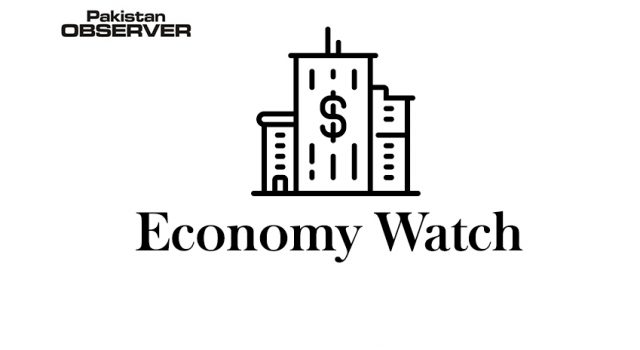Staff Reporter
Lahore
The Pakistan Industrial and Traders Associations Front (PIAF) has called for out-of-the-box solutions for economic growth in these crucial times, as the exports have reduced by 7 percent to $21.39 billion in this fiscal year against $22.95 billion of preceding fiscal year.
Chairman PIAF Mian Nauman Kabir said that COVID-19 has adversely impacted the world economy as well as the Pakistan trade and industrial sectors.
In a joint statement with senior vice chairman Nasir Hameed and vice chairman Javed Siddiqi on Saturday, he asked the government to take measures to further bridge gap of country’s trade deficit which has reduced by almost 27 percent to $23.18 billion in fiscal year 2019-20. Nauman Kabir said that the Pakistani rupee continued its downward slide against the US dollar, hitting the all-time low of Rs168.34 against the green back in the inter-bank market, despite the fact that Pakistan’s Current Account Deficit (CAD) has reduced by 78 percent owing to lower imports and better inflows.
The CAD fell to $2.97 billion during fiscal year 2019-20 as against the deficit of $13.43 billion in the preceding fiscal year while the import bill fell by 19 percent to $44.57 billion during that fiscal year as compared with $54.76 billion but rupee continued to slide.
Chairman PIAF said that weakening of rupee indicates that the country is once again marching towards a huge trade deficit, which might jack up the current account deficit again.
Mian Nauman Kabir said that the inflows of workers’ remittances also grew by 6.4 percent to $23.12 billion during fiscal year 2019-20 as compared with $21.739 billion in preceding fiscal year, which should have a positive impact on dollar-rupee exchange rate.
Chairman PIAF urged the government to come up with better trade policy for trade and industry to bring further down the gap of trade deficit. For a better economic growth it is very much necessary to curtail the energy prices for industry so that cost of doing business may be reduced leading to increasing the exports. It is necessary to have critical analysis of previous issued policies and keeping in mind the weaknesses, flaws and negative effects, new trade policy should be issued, he added.
Senior vice chairman Nasir Hameed stated that the government would have to adopt a strategy to maintain a balance between sustaining economic activity and protecting the masses from infectious disease of Covid-19.
Nasir Hameed appreciated the government for announcing a substantive package for the construction and housing sector that aims at increasing much needed employment opportunities and economic stimulus as well as adding to the inventory of affordable housing for the poor.
Vice chairman Javed Siddiqi said the government set unrealistic exports target amid improving export competitiveness, increasing share in regional trade, transition from factor driven economy to efficiency-driven and innovation driven economy. Javed Siddiqi said previous export policies and finance acts still remain redundant as the export industry is deprived of the incentives announced in the act.
He said that a significant ratio of the export revenue gets stuck up in present refund regime, affecting flow of working capital and leading to ultimate decline in exports.—INP









